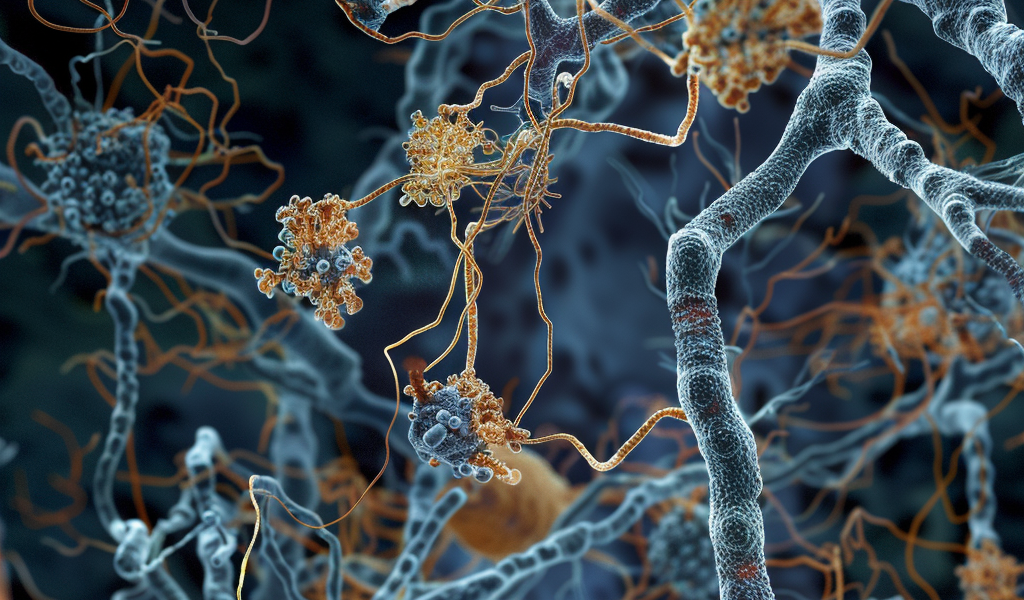Study Reveals Similarities in Protein Structures Between Alzheimer’s Disease and Down Syndrome
A recent study published in Nature Structural and Molecular Biology has utilized advanced cryo-electron microscopy imaging technology to investigate the similarities in protein structures between Alzheimer’s disease and Down syndrome. More than 90% of individuals with Down syndrome are diagnosed with Alzheimer’s disease by ages 55–60, making it a critical area of research.
Lead investigator Ruben Vidal, Ph.D., from the Indiana University School of Medicine, highlighted the presence of amyloid β (Aβ) and abnormal accumulation of tau protein in individuals with both Down syndrome and Alzheimer’s disease. The study aimed to determine whether differences exist in the protein structures of Aβ and tau filaments between individuals with only Alzheimer’s disease and those with both Down syndrome and Alzheimer’s disease.
The research team conducted a comparative analysis of high-resolution images of Aβ and tau filaments in individuals with Down syndrome and Alzheimer’s disease, and those with only Alzheimer’s disease. The findings revealed striking similarities in the protein structures of Aβ and tau filaments in individuals with both conditions, resembling those found in the most common form of Alzheimer’s disease.
Vidal emphasized the potential implications of their findings, suggesting that the study may pave the way for improved treatments for both Alzheimer’s disease patients and individuals with Down syndrome. The comparison at the near atomic level of Aβ and tau filaments between the two groups provided valuable insights, indicating variations in the structure of Aβ but no substantial differences in the structure of tau filaments.
This study sheds light on the common mechanisms at play in individuals with sporadic Alzheimer’s disease and those with both Down syndrome and Alzheimer’s disease. The utilization of cutting-edge imaging technology has facilitated a deeper understanding of the protein structures, offering promising prospects for the development of targeted therapies.





